I am in the process of creating an epidemic curve (histogram of number of cases of a disease per day) using R, and am struggling a little with formatting the x-axis.
I am aware that ggplot gives very nice graphs and easily manipulatable axes ( Understanding dates and plotting a histogram with ggplot2 in R ), but in this case I prefer to use the hist() command, because I am describing 2 different patterns at the same time, as below (I don't think you can do something similar in ggplot):

The problem here is that the x-axis does not begin at the first case, has too many tick marks, and I'd like to be able to have a systematic date marker, eg. every 7 days, or every 1st of the month.
The data are stored in a database (dat.geo) as one row per suspected case, with info on date of onset and suburb (whether black or white in histogram), as below:
> head(dat.geo)
number age sex suburb Date_of_Onset
1 1 12 F x 2011-10-11
2 2 28 M x 2011-10-10
3 3 15 F x 2011-10-12
4 4 12 M y 2011-10-25
5 5 10 F x 2011-10-15
6 6 9 M y 2011-10-20
Here is my code:
pdf(file='1.epi.curve.pdf')
hist(dat.geo$Date_of_Onset[(dat.geo$suburb=="x")], "days",
format = "%d %b %y", freq=T, col=rgb(0,0,0,1), axes=T, main="", add=T)
hist(dat.geo$Date_of_Onset[(dat.geo$suburb=="y")], "days",
format = "%d %b %y", freq=T, main="", col=rgb(1,1,1,.6), add=T, axes=F)
dev.off()
I have tried suppressing the axis and adding a manipulated one later using this code
axis(1, labels=T)
axis(2)
but this is what I get (and I have no idea how to manipulate that):

Your help is greatly appreciated!
thanks


